"Going off the rails on a crazy train" -Ozzy Osbourne
I revved the engine and took off sliding a bit, getting a feel for how to navigate the skis across the snow and ice. I love driving things and yesterday I found out a snow machine is yet another thing I like to drive. I love being able to look all around me and feel the cold wind. I love the freedom to stop and look at things and I love speeding across the ice and snow. I also love that my snow machine can take me back in time faster than almost anything else down here.
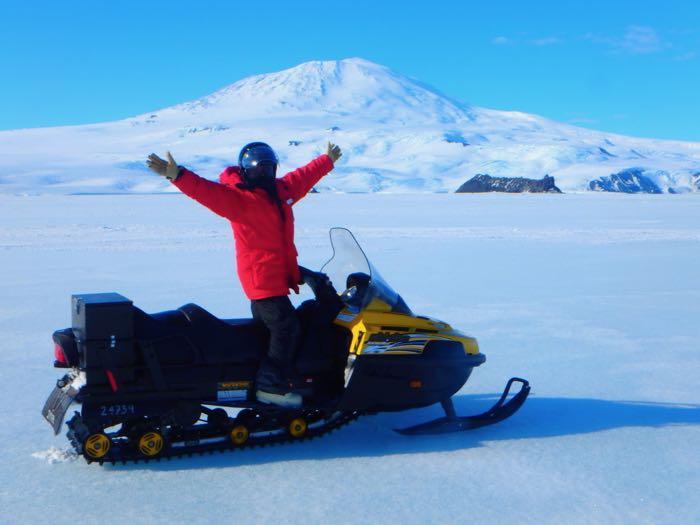
Yesterday, we journeyed back to 1910, to a time before fleece and down jackets and before C-17 airplanes flew to Antarctica. Our destination was the Terra Nova Hut, which was built by Captain Robert Falcon Scott and his crew during the Terra Nova expedition. Scott and his crew journeyed by boat, named the Terra Nova, to the continent of Antarctica. Their goals were to do some scientific research and be the first to make it to the Geographic South Pole. This was Scott's 2nd expedition to Antarctica in hopes of being the first person to get to the South Pole. The race was on as Norwegian Roald Amundsen and Scott's British rival Ernest Shackleton were also setting forth to be the first to the South Pole. (During Scott's first expedition on the Discovery in 1901 Scott built a hut on Ross Island close to where I am living. That 1901 expedition is what began the rivalry between Scott and Shackelton. The rivalry ended when Scott died during the Terra Nova expedition. More about this rivalry in a future post.)
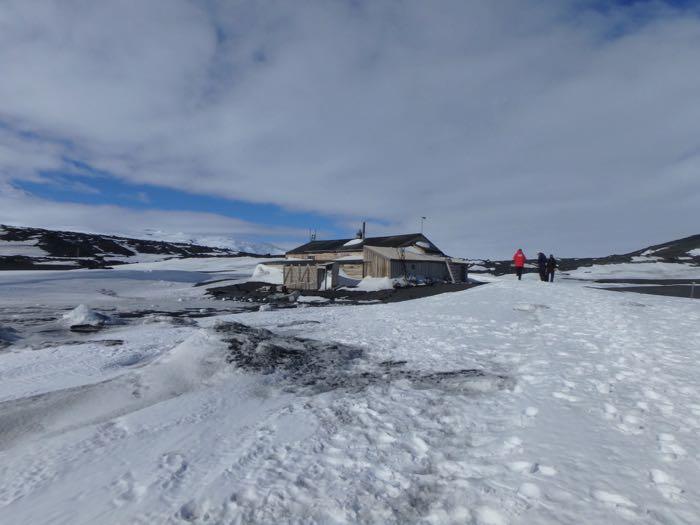
Our goal was to learn more about the way Scott and his crew lived during their 1910-1913 expedition. We brought with us the fish research team and a member of the ICEFIN research team. You can find out more about these teams at: ICEFIN and Antarctic Fish Development
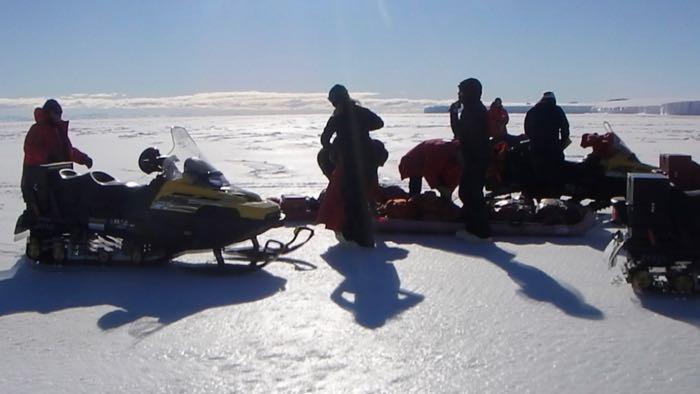
The Terra Nova left Britain on June 1, 1910 and Scott joined his crew in Cape Town, South Africa. They left Lyttleton, New Zealand November of 1910. They initially hit a terrible storm but eventually made it to the Ross Sea in Antarctica in January 1911.
They brought with them plenty of supplies including mutton and beef, cheese and butter, and a lot of scientific equipment. Dr. Edward Wilson was the senior scientist on board the Terra Nova and he and his team planned to delve into the meteorology, glaciology, magnetism, geology, marine biology, and cartography of Antarctica. No people are indigenous to Antarctica and even now it is a largely untouched by humans so this land held, and still holds, mysteries that Scott and his team wished to unlock.
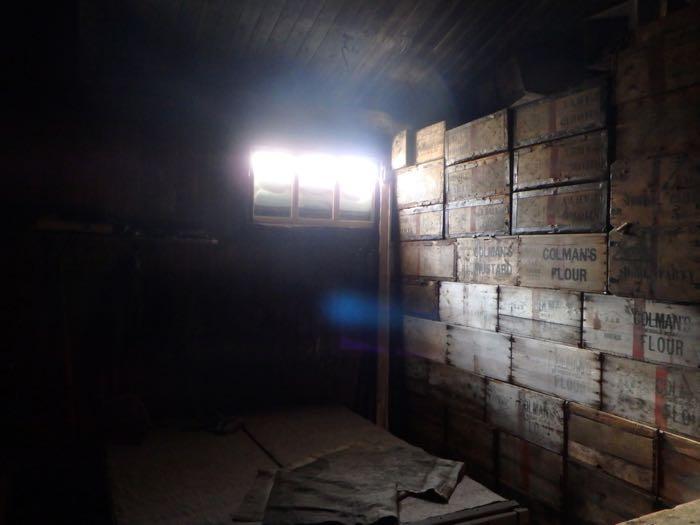

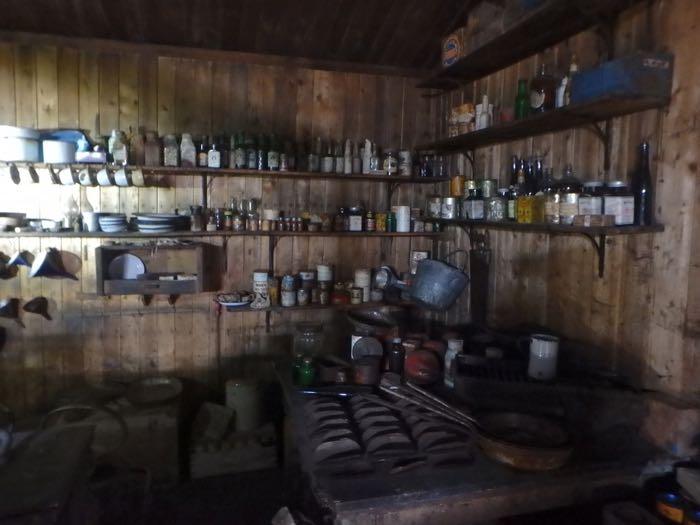
We journeyed from McMurdo Station to Cape Evans by Ski Doo which only took us about an hour and half. We brought along sweets and were honored when Aaron Toh pulled out hot water and tea and led a tea ceremony.
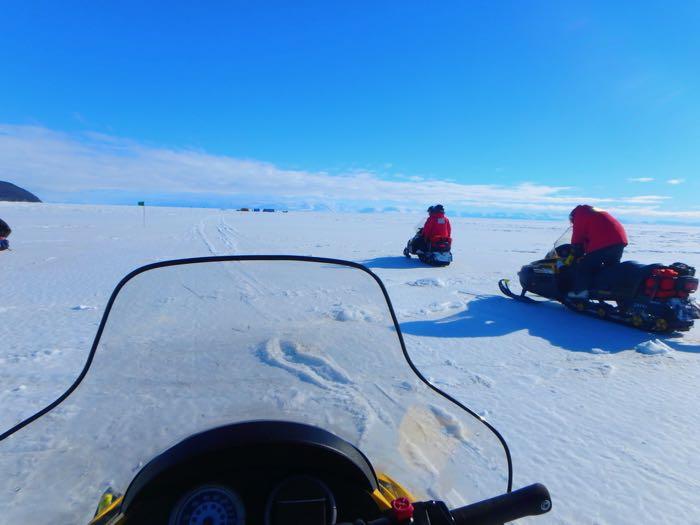
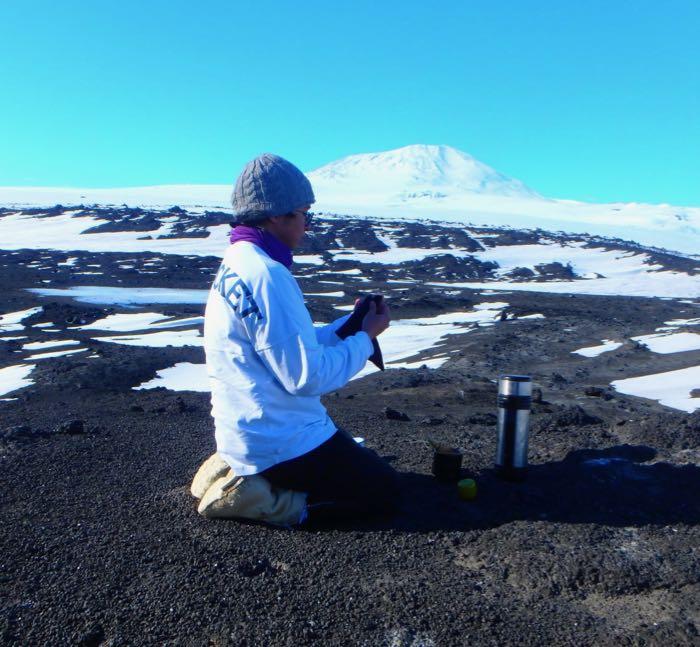
What would you bring with you if you were going on an expedition that would last more than a year?
Scott and his crew constructed their elaborate hut and prepared for the expedition to the South Pole which would begin in January 1912. They secured communication lines, trained the ponies and dogs they brought to prepare them for the expedition to the pole, prepped the sledging equipment and the supplies that would be need for the journey to the pole, and made scientific observations. A few even made a treacherous trek to Cape Crozier to track down some Emperor Penguin eggs. The harrowing first hand account of this journey is told in Apsley-Cherry Gerard's book The Worst Journey in the World.
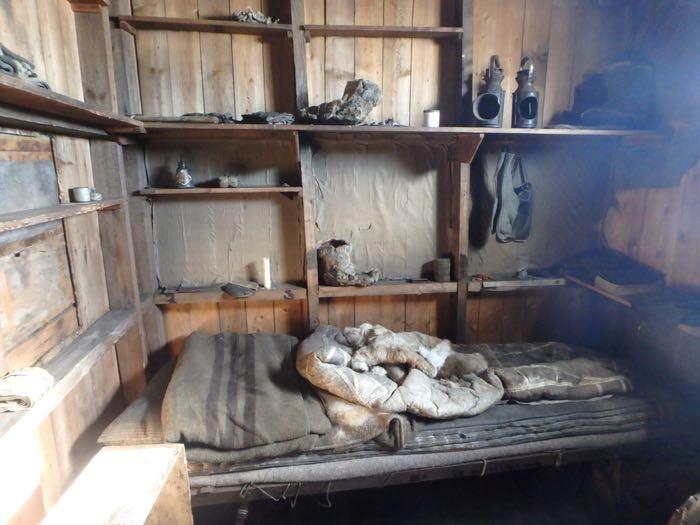
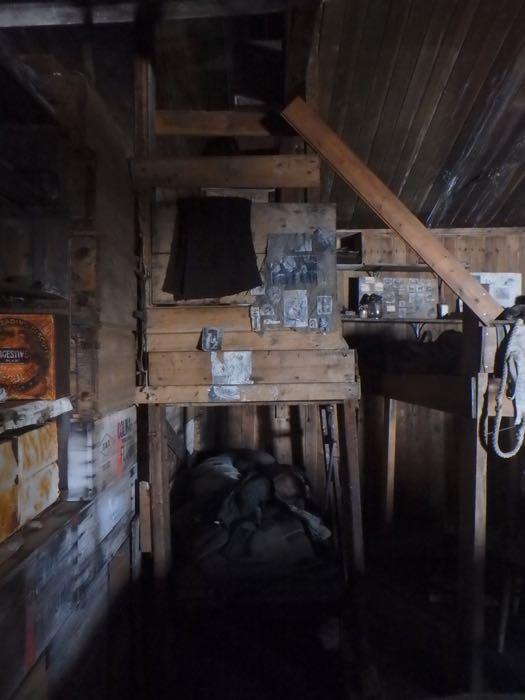
We enjoyed beautiful weather and explored the Terra Nova hut that took us back in time. Our time at Terra Nova was short...just an hour.
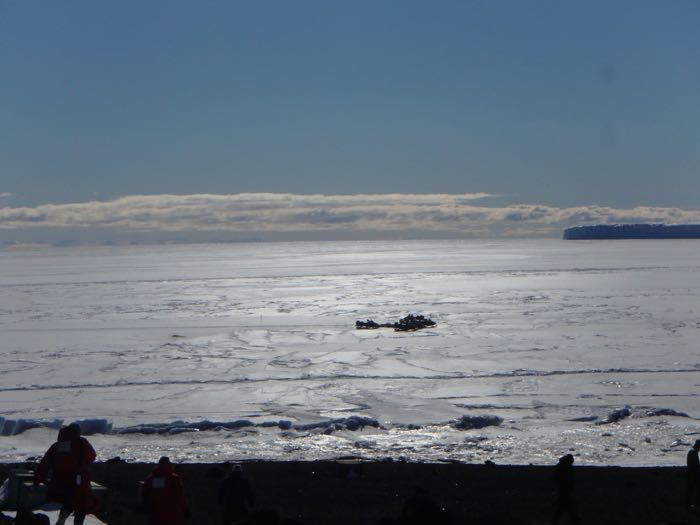
Scott and the crew did eat well during their time in the hut and preparation for the pole. However, when they ventured out, challenges along the way for Scott and his crew were horrible lengthy blizzards, starvation, and even death. Unfortunately, this journey would be fatal for Scott and 4 of his crew who set out with him for the pole-Edward Wilson, Lawrence Oates, Edgar Evans, and Henry Bowers. Scott did make it to the South Pole on January 17, 1912, 35 days AFTER Admunsen, but he never made it back to his camp. Scott's final diary entry, from inside a tent during a blizzard, was dated March 29, 1912. Scott died in a tent 150 miles from Terra Nova Hut and only 10 miles from a supply depot where several of his crew who stayed behind were waiting for him.
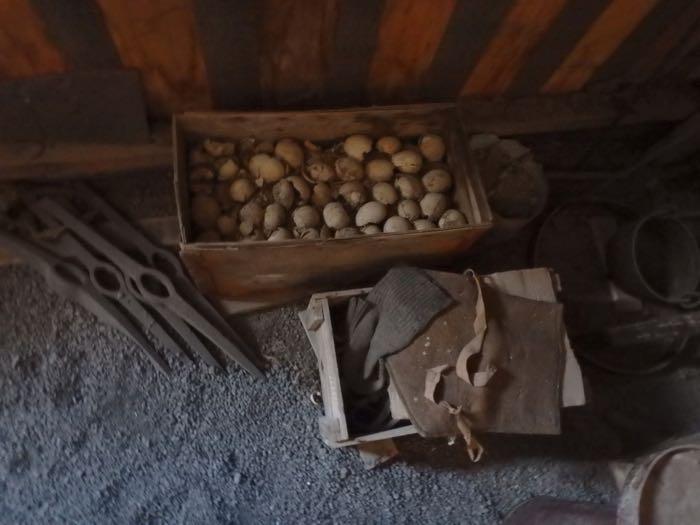
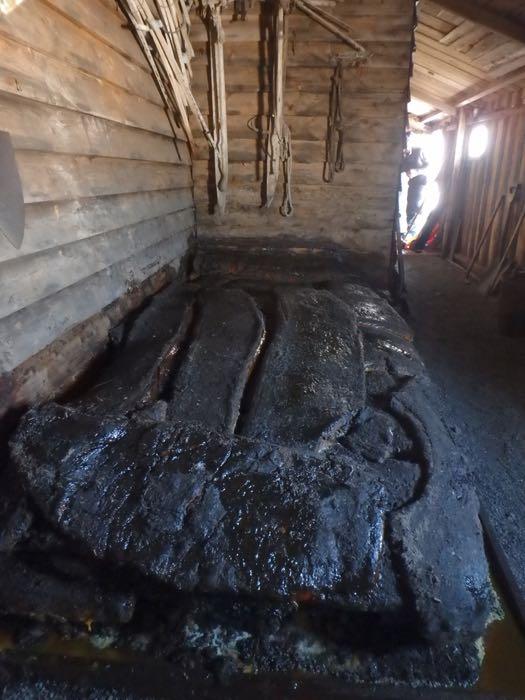
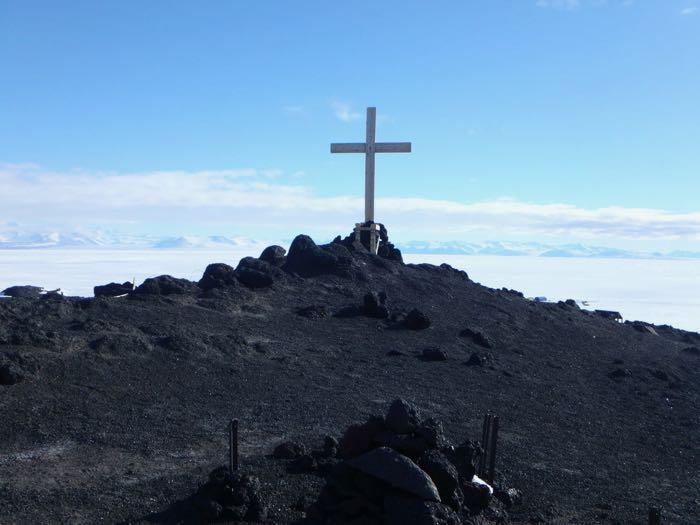
We dealt with a few big cracks, some standing water, and a snow machine that wouldn't start for a bit of time. But, we did have tools to assess the ice and our survival bags with tents, food, and a stove just in case. We made it back in time for a warm yummy dinner and to listen to a Sunday Night Science talk from the fish research team's lead Anne Todgham!
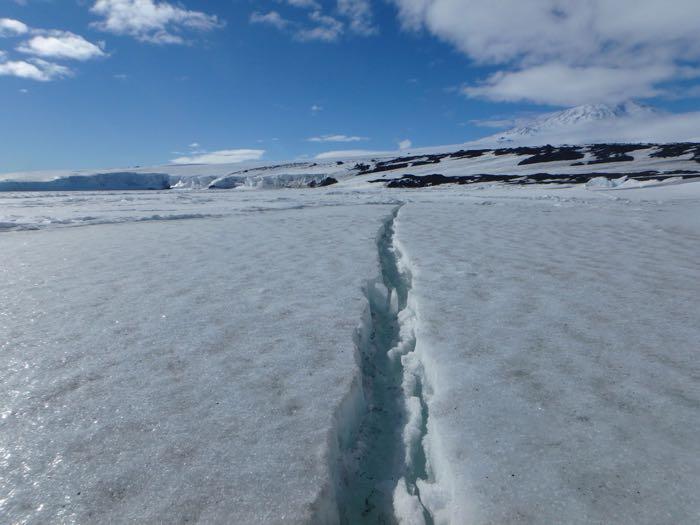
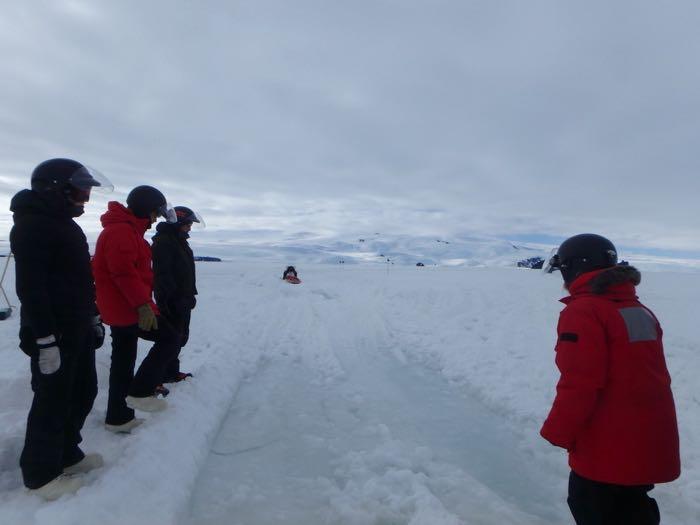
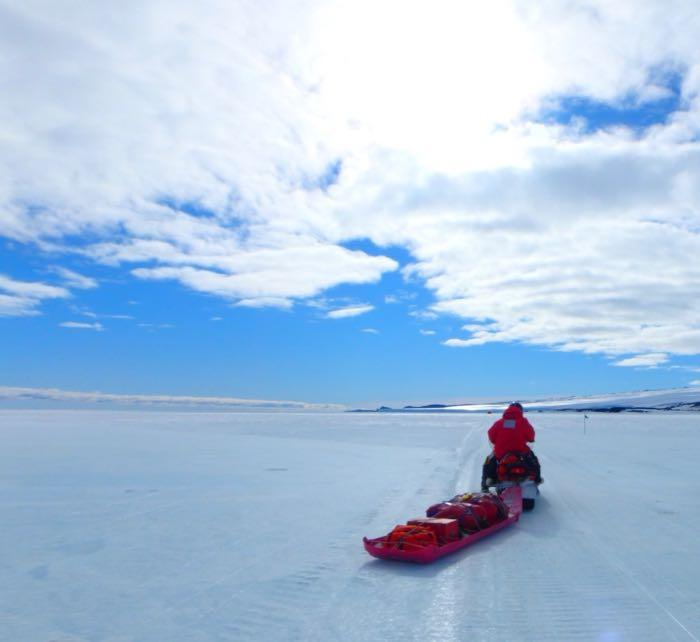

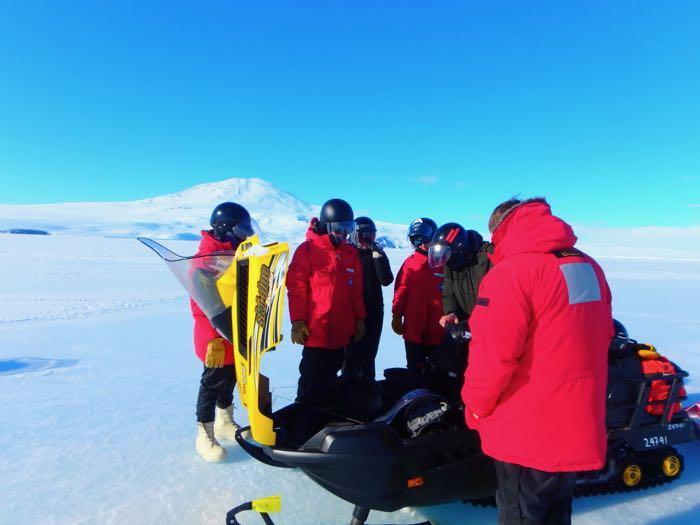
As a hut guide I have the privilege of bringing more people here in my final two weeks on the continent. I'm excited my Antarctica expedition has led to some new discoveries, new challenges, and new experiences. If you could explore anywhere, where would you go and what would you be willing to sacrifice to get there? What would you hope to gain by going there?
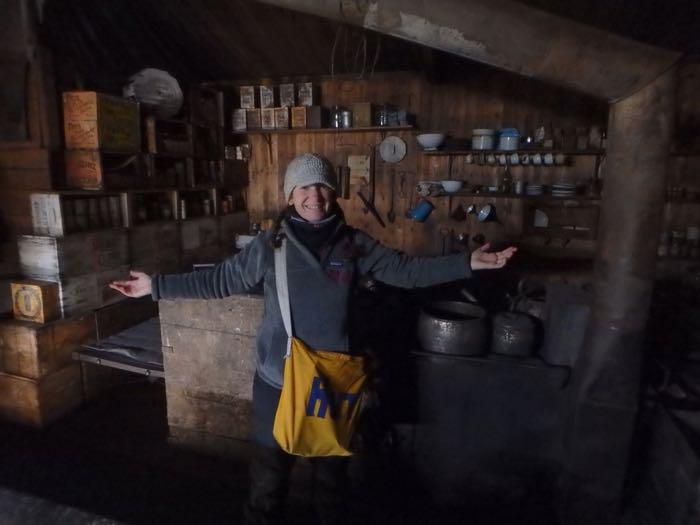
Tune in tomorrow to find out about my first penguin sighting!!!
Want to talk to me live at McMurdo field station in Antarctica? Want to meet some of the animals that live in the aquarium here in Antarctica? Want to hear more about the research we are doing, see it in action, and ask questions?
YOU CAN JOIN ME LIVE FROM MCMURDO STATION IN ANTARCTICA!
This will be a 45 minute to 1 hour live presentation and conversation. All are welcome to join! It will be geared towards K-12 classrooms so be sure to tell your teacher friends, or if you are a teacher please join in!!!
When: November 22, 2019 8:30 AM AKST (9:30 AM PST, 10:30 AM MST, 11:30 AM CST, 12:30 PM EST)
How: You need to register for the event by clicking HERE. You'll need to select November 22 Amy Osborne under Event Choice.
I hope you can join me!!
Also, don't forget to answer the trivia questions from November 8th's post: Going Down to Find the Stars You can end up with a postcard from Antarctica!


Comments